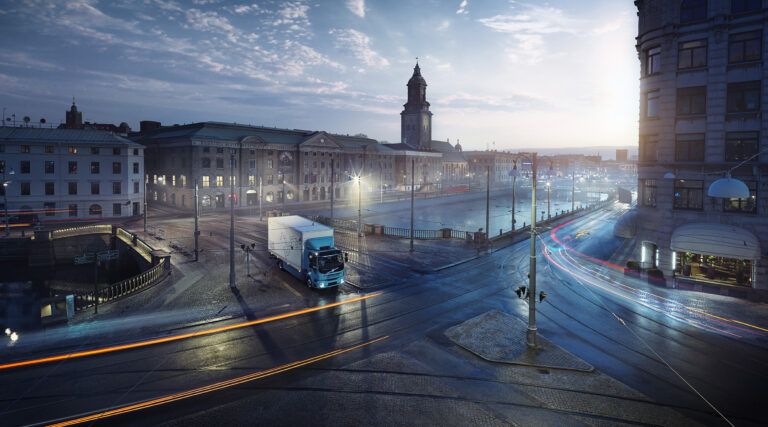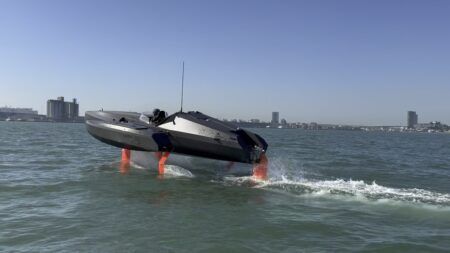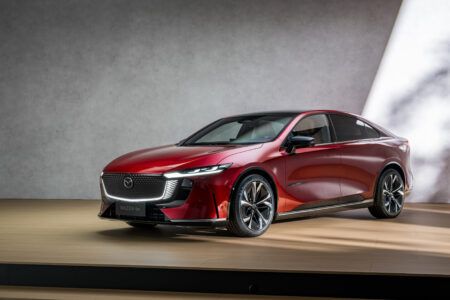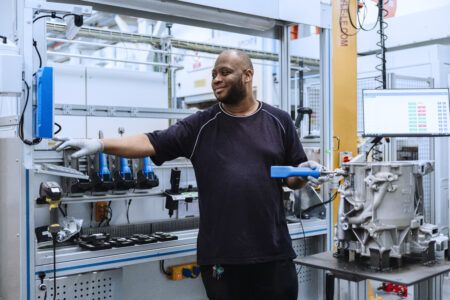In June, Swedish Railways announced that the number of people taking the train for domestic journeys had risen by eight per cent in a year. They attribute this, in part, to rising climate awareness and the Greta Thunberg Effect – following the teenage activist’s speech to the European Parliament, and train-tour of the continent.
Whether this is a permanent reversal of a long-standing decline in rail travel remains to be seen. But the Swedish experience is a sign of hope. Transport and mobility account for approximately one third of all energy consumption across EU-28 countries. In 2016, the last year for which Eurostat has figures, transport was responsible for 33.2% of all final energy consumption. For context, household consumption accounted for 25.7% and industry for 25%.
Clearly, if we are to successfully manage the energy transition, and create a more sustainable and secure energy industry, then transport and mobility will play an essential role.
We could, as campaigners and climate scientists suggest, vastly reduce aviation. After all, between 1990 and 2016, energy consumption by international and domestic flights increased by 95.9% and 9.8% respectively.
We could reduce reliance on shipping, which accounted for 2.2% of all anthropogenic CO2 emissions in 2012. We could displace road freight with rail freight. Road vehicles still accounted for 76.4% of total inland cargos (based on tonne-kilometres travelled) in 2016, and the amount of transport carried out by very old – and consequently less fuel-efficient – freight vehicles has actually increased since 2012.
But we must also acknowledge transport reality: it is essential to modern economies. Those ships carry around 80% of global trade by volume and over 70% by value. And those old freight lorries? Mainly they’re transporting food, beverages and tobacco, or agricultural products from producers to consumers.
We can’t expect populations in developed countries to return to some form of pre-lapsarian or agrarian lifestyle. Nor can we justly insist that less developed nations abandon plans for economic expansion and return their people to a precarious hand-to-mouth existence. Not if we are to win hearts and minds as well as investment euros.
In many ways, demographics are already making choices for us. For the first time in history, more than half of the world’s population lives in a city and the billions of small, everyday acts of urban mobility add up to a significant consumption of energy.
So, it makes sense to look at urbanisation, and ways of taking advantage of the sharing economy to extend existing car-pooling and ‘mobility as a service’ schemes, and make them even more essential to consumers.
We can consider different ways to accelerate electrification of cars, light commercial vehicles and public transport, with different fuel forms, batteries and storage. We can assess the viability of alternative synthetic fuels to replace on-going dependency on petrol and diesel.
We can also consider traffic management schemes, connected traffic lights and even smart parking to reduce the amount of traffic in circulation at any given time. Many of these strategies have been through proofs of concept and limited city-trials – we need to explore those results and make them scalable.
Then there’s the question of how to make non-motorised mobility more attractive. We have seen plenty of cities across Europe adopting app-enabled bike sharing schemes only to find that landfill sites, canals and car-parks are being filled with the fluorescent skeletons of abandoned bicycles. When Paris launched its scooter-sharing scheme, 12 companies piled in, leaving residents confused and underwhelmed.
Interestingly, the model here may be Paris’s earlier Vélib project, which was the first to establish bike-sharing as a workable option. The lesson learnt was that collaboration with the city concerned is essential. What subsequent sharing schemes ignored was that the city itself is an end user, tasked with both safety and environmental wellbeing, that needed to have its own needs taken into account.
There is also a wider lens through which we can view energy and transport. If the number of journeys undertaken is reason to consider urban mobility as an ideal target for innovation, investment and disruption, then the volumes of energy consumed by long distance journeys means that they too are ripe for attention.
Very different solutions will be required. One of the key lessons of the energy transition so far is that one size does not fit all. In this area, we can expect more incremental changes, focused on fuel efficiency. Solar-powered air travel is a real possibility. Twelve years of research and development into discrete technology areas – from lightweight LEDs and protective resins to low-density insulation – has already led to the first round-the-world fuel-less flight by EIT InnoEnergy partners at the Solar Impulse Foundation.
We have learned that government action may be necessary (carbon pricing, low emissions zones) but is only part of the story. The opportunities for forward thinking entrepreneurs, innovators and businesses are significant and need to be encouraged and enabled. We’re already seeing mixed investment – including €5 million from EIT InnoEnergy – in the Hardt Hyperloop, Europe’s first, which could provide a sustainable, high-speed alternative to current forms of rail transport.
Together we may find new ways to exploit Europe’s extensive network of inland waterways, for example. On the global scale, can more be made of existing connected or digital ship ideas to make freight journeys more fuel-efficient? There are start-ups looking at ways to add sail power to freighters, without compromising logistical planning and journey times. And the first fully electric ‘zero-emissions’ container ship may be in operation on short coastal routes next year.
No one individual has the answers. We will need a greater sense of collaboration and co-creation among different players in all these areas. That’s the third and final lesson of the energy transition: it’s less about an individual ‘hero’ idea and more about the connections required to make it happen. Which makes transport the perfect subject.
This article has been written by Jennifer Dungs, Mobility Lead, InnoEnergy. EIT InnoEnergy creates a new area for investments to support start-ups and innovations in the field of energy for mobility and transport.





